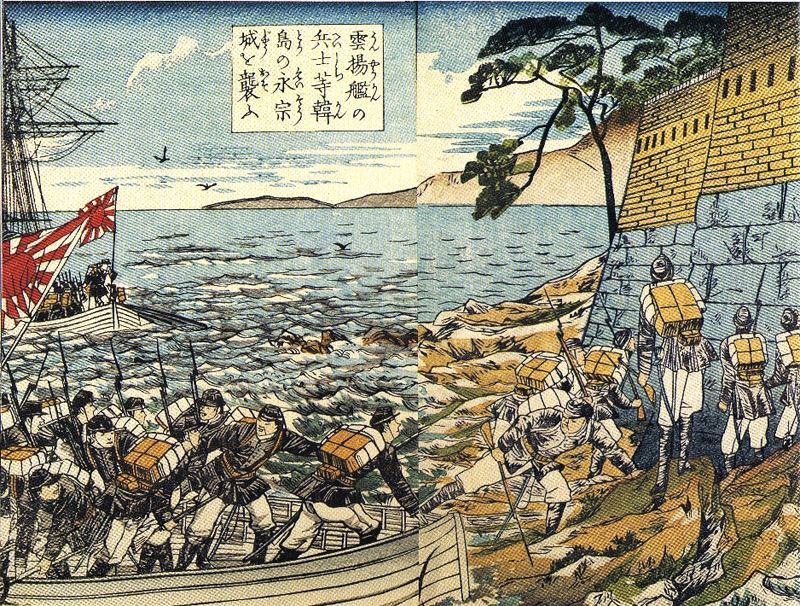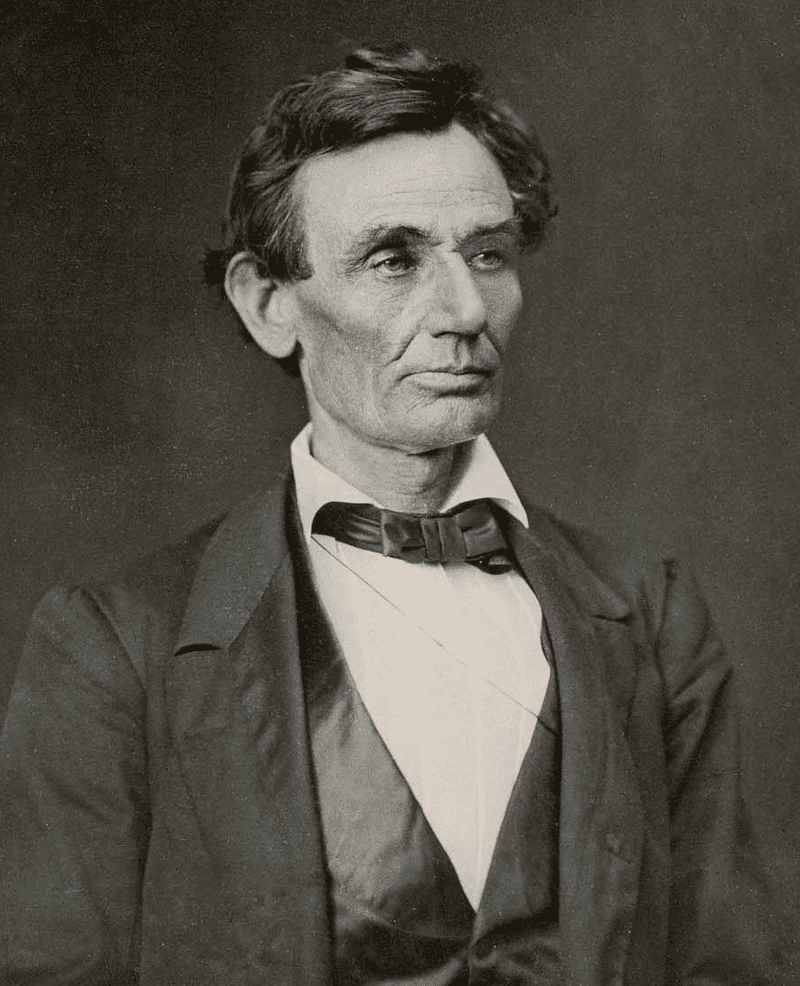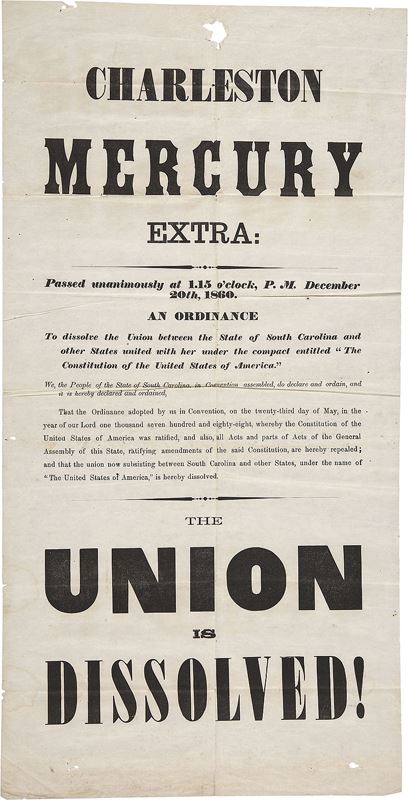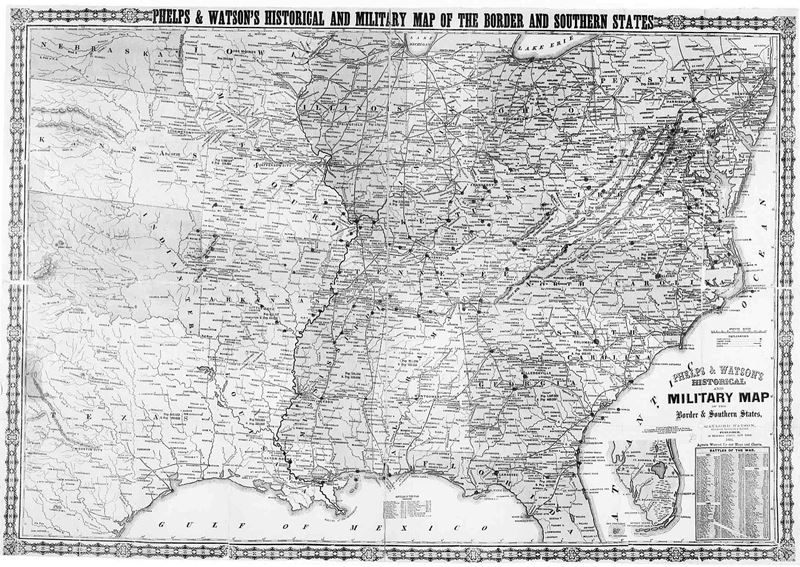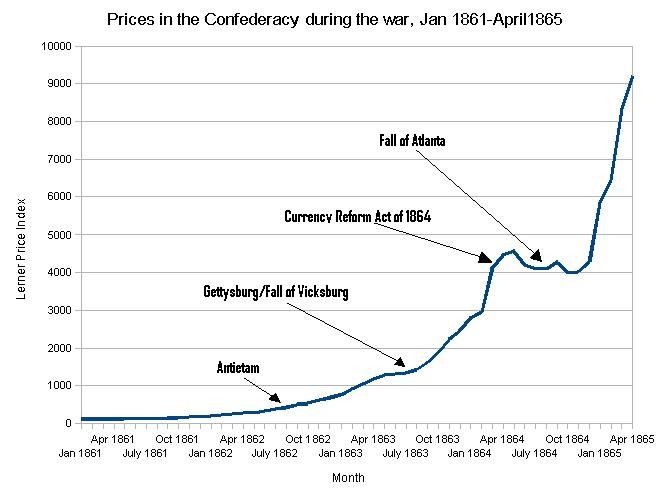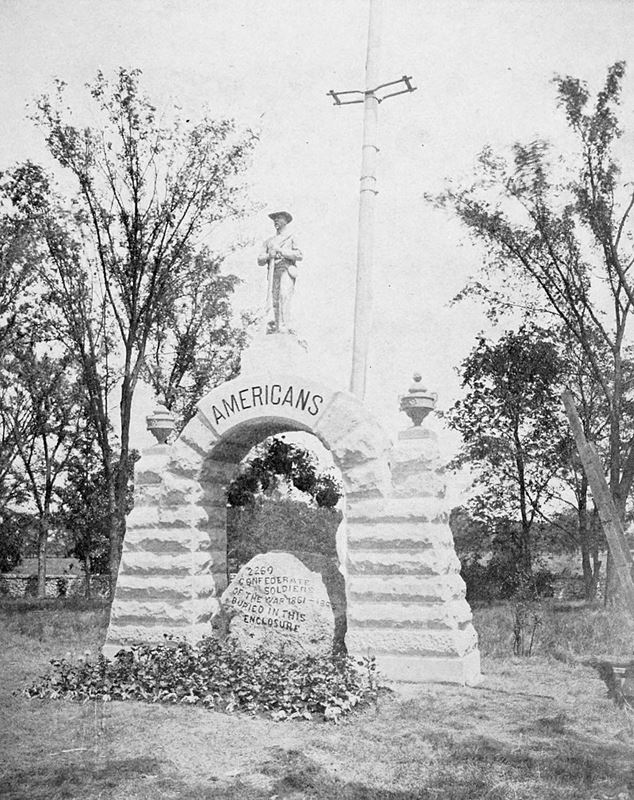Imperial Japan severely diminished the influence of China over Korea in the First Sino-Japanese War (1894–95), ushering in the short-lived Korean Empire.[72] A decade later, after defeating Imperial Russia in the Russo-Japanese War (1904–05), Japan made the Korean Empire its protectorate with the Eulsa Treaty in 1905, then annexed it with the Japan–Korea Annexation Treaty in 1910. After that, the Korean Empire fell and Korea was directly ruled by Japan from 1910 to 1945.[73]
Many Korean nationalists fled the country. The Provisional Government of the Republic of Korea was founded in 1919 in Nationalist China. It failed to achieve international recognition, failed to unite the various nationalist groups, and had a fractious relationship with its US-based founding president, Syngman Rhee.[74] From 1919 to 1925 and beyond, Korean communists led internal and external warfare against the Japanese.[75][76]
In China, the nationalist National Revolutionary Army and the communist People’s Liberation Army (PLA) helped organize Korean refugees against the Japanese military, which had also occupied parts of China. The Nationalist-backed Koreans, led by Yi Pom-Sok, fought in the Burma Campaign (December 1941 – August 1945). The communists, led among others by Kim Il-sung, fought the Japanese in Korea and Manchuria.[77]
At the Cairo Conference in November 1943, China, the United Kingdom and the United States all decided that “in due course Korea shall become free and independent”.

